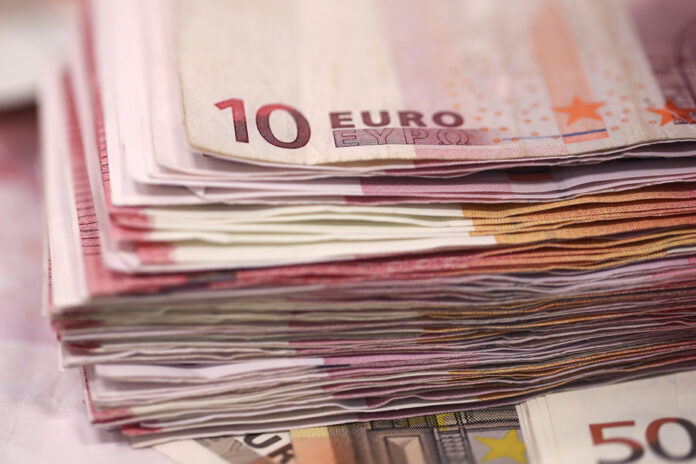(Brussels) The euro zone entered recession this winter, penalized by the decline in consumption under the effect of price increases and by the difficulties of German industry, according to data published Thursday by Eurostat.
The GDP of the 20 countries sharing the single currency fell by 0.1% between January and March, after a decline of the same magnitude from October to December, figures revised significantly downwards from previous estimates.
The European Institute of Statistics has so far reported growth of 0.1% in the first quarter after stagnation (0%) at the end of last year.
The downward revision is largely explained by the recent lowering of the figures from Germany. The largest European economy announced at the end of May that it had entered recession, due to a drop in activity of its industrial companies.
The new figures darken the outlook for the area for the full year. The European Commission was forecasting growth of 1.1% in mid-May in 2023.
The figure now seems “optimistic”, said Charlotte de Montpellier, economist for ING bank, to AFP. It provides only 0.5% over the full year.
“Since the spring, all the data has been bad,” she said, pointing in particular to German industrial production and new orders. According to her, “the European economy is in a phase of stagnation and has struggled to get through the winter because of the energy shock”.
Although gas and oil prices have fallen in recent months, last year’s price spike had a significant impact on household confidence. Inflation remains high, at 6.1% in May, despite a decline, and price increases are now affecting food products, manufactured goods and services.
Household consumption expenditure fell by 0.3% in the first quarter, after having already fallen by 1% over the previous three months, detailed Eurostat on Thursday.
The European economy is also affected by the rise in interest rates by the European Central Bank (ECB), which reduces demand for credit and slows down investment, particularly in real estate, leading to a drop in activity in construction.
The slowdown observed in the United States and the weaker-than-expected recovery in China are also weighing on exports.
“We think the economy will contract further for the rest of the year,” commented Capital Economics expert Andrew Kenningham, pointing to “the effects of tighter monetary policy” from the ECB, forced to battle against the ‘inflation.
“Unfortunately there are not so many elements that can give hope for a rebound in the coming months”, also believes Charlotte de Montpellier.
German and European industry has been “destabilized” by a series of shocks: supply chain problems, energy surge, global downturn.
But its difficulties are also structural. It suffers from no longer having access to Russian gas, deliveries having been interrupted in the context of the war in Ukraine. It also suffers from its dependence on Chinese suppliers in booming renewable energies. In the automotive sector, Chinese manufacturers are taking advantage of electrification to overtake their German competitors.
Germany saw its GDP shrink by 0.5% in the last quarter of 2022, then by 0.3% from January to March.
It finds itself with “activity currently below its pre-pandemic level in 2019, while the other countries (in the euro zone) are much better placed. The old star of the European economy no longer shines,” Ms. de Montpellier points out.
Conversely, Spain and Italy grew by 0.5% and 0.6% respectively in the first quarter, with the less industrialized southern European countries taking full advantage of the increase in tourism after the end of the year. restrictions that paralyzed the sector during the health crisis.
For its part, France maintained moderate growth (0.2%) in the first quarter.





